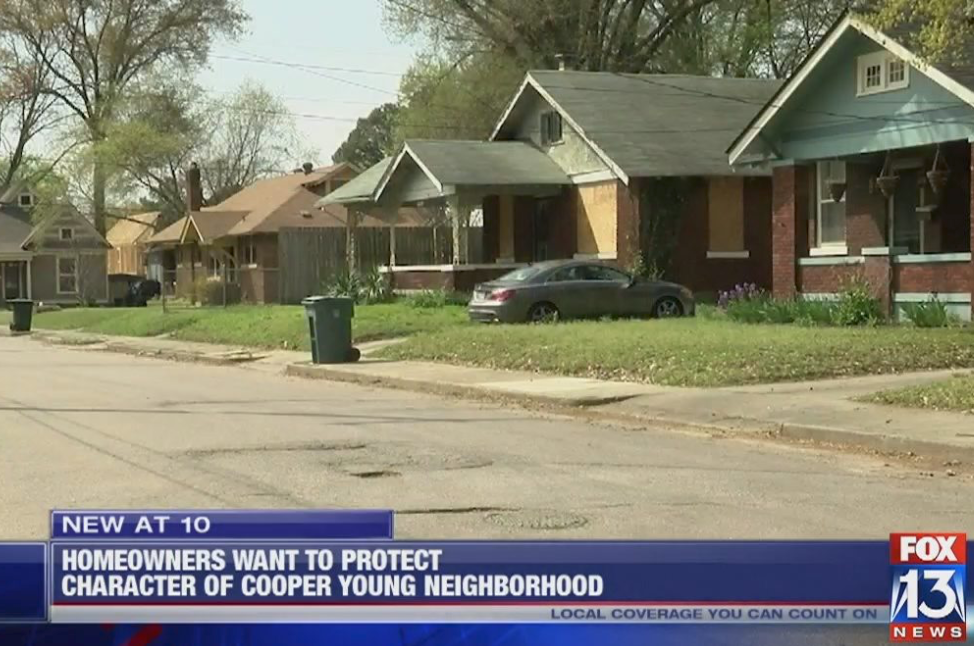Guest Editorial
by Mark Fleischer, Guest Columnist
Thursday evening, the Cooper-Young Community Association will conduct a neighborhood vote on its application to create a new historic overlay district, under jurisdiction of the Memphis Landmarks Commission.
Becoming such a district would give the neighborhood additional layers of protection against the demolition of historic properties and the construction of McMansion-like houses that do not fit Cooper-Young’s historic character.
Two other historic Memphis neighborhoods – Vollintine-Evergreen and Speedway – are also in the process of applying for historic overlay protections.
Thursday’s vote is not necessary to start the application process, but it’s more than just a courtesy. A favorable vote demonstrates a well-organized neighborhood commitment to preserving Cooper-Young’s sense of place, which has allowed the neighborhood to prosper.
Cooper-Youngsters can point to demolished properties at Blythe and Southern, Philadelphia Street and Oliver Avenue that speak directly to a need for these protections.
Many of our neighborhoods, including Cooper-Young, are listed on the National Register of Historic Places. That listing officially recognizes a park, structure or district as “worthy of preservation.”
Unfortunately, “worthy” does not mean protected. Official designation as a historic overlay district is needed to allow the Landmarks Commission to enforce protections against out-of-character development, or worse, outright demolition.
Without historic overlay protections, Lea’s Woods’ residents would not have had any legal chips to play in the big Overton Gateway development. If the recently-demolished 275 S. Front Street had resided within one of 13 historic overlay districts under the Landmarks Commission, it would have been far less vulnerable to the wrecking ball.
Many believe that “preserving” is anti-development. Not true. Numerous studies have shown that historic districts demonstrate a commitment to a neighborhood’s unique character, which stabilizes real estate values. That encourages smart development, a critical need for Memphis’ future growth.
Some say historic architectural guidelines restrict what people can do with their own property. That misses the point. Those guidelines are tools for landmark commissions and property owners, not to be confused with rules under neighborhood homeowner’s associations. Guidelines don’t restrict which paint colors an owner can use, for example.
New development is accelerating, and the zoning recommendations that may result from the Memphis 3.0 Comprehensive Plan are still relative unknowns. Historic neighborhoods may need additional tools with which to retain their uniqueness. This makes the timing critical.
Memphis cannot afford to see growth come at the expense of neighborhoods such as Cooper-Young, Vollintine-Evergreen or Speedway. These are the neighborhoods, like Central Gardens, South Main and Orange Mound, that make Memphis Memphis.
Thankfully, the era of urban renewal is long gone. But we shouldn’t leave the fate of individual properties in the hands of developers unchecked by historic guidelines. These demolitions erode a neighborhood’s sense of itself, stealing its historical and economic vitality.
Gaining status as a historic overlay district will protect the unique character of historic Cooper-Young house by house.
…….
This editorial appeared in The Commercial Appeal August 24, 2017

